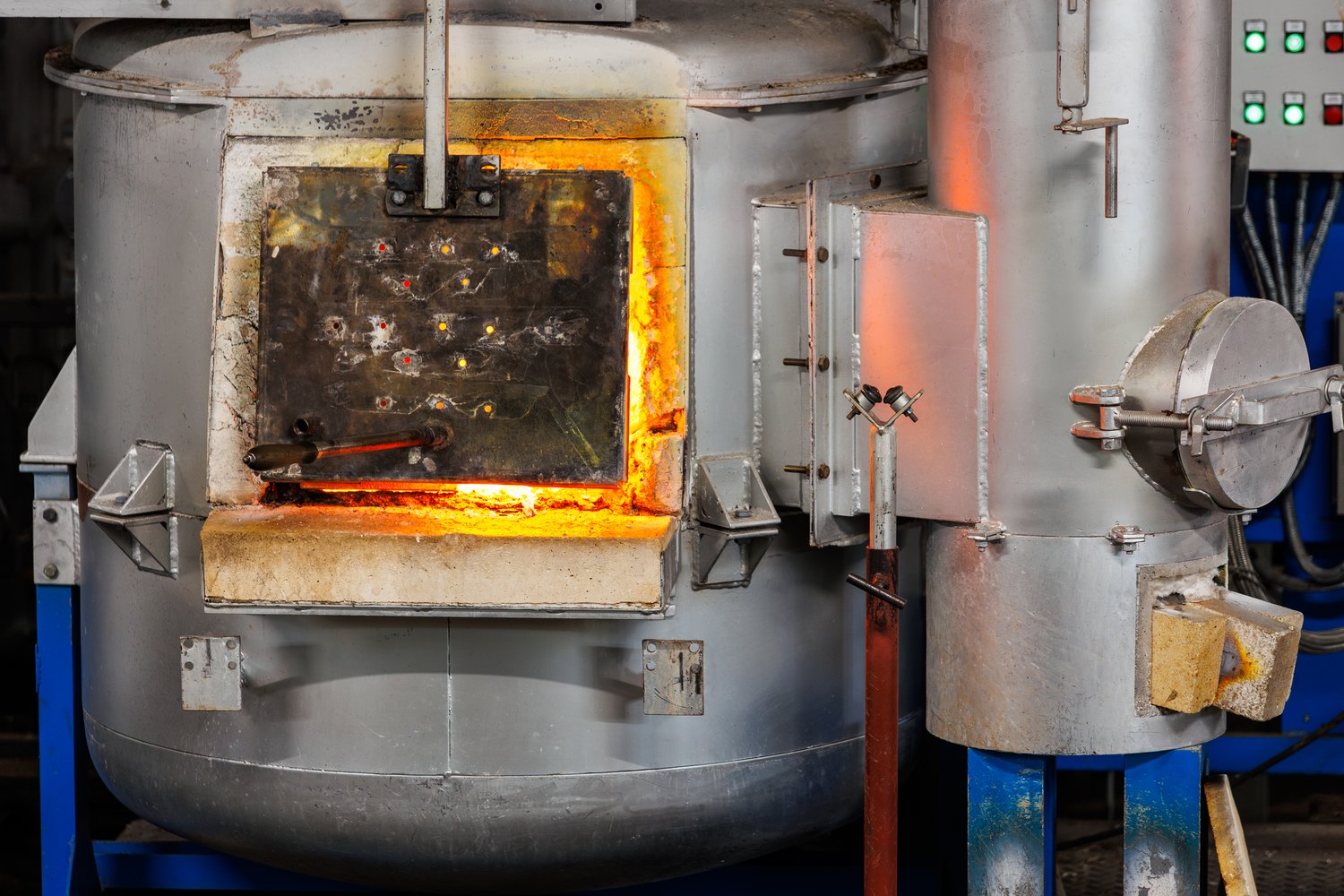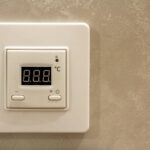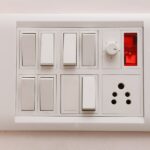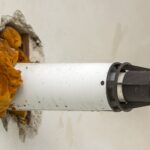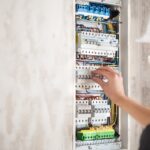When your electric furnace suddenly malfunctions during a chilly night, it can feel like a true emergency. Understanding the problems that can arise in electric furnaces can make a difference between a cozy evening and a cold, uncomfortable one. This article focuses on equipping you with the knowledge needed to address electrical furnace issues quickly and safely, ensuring that you maintain a warm and secure environment.
- Identify common electric furnace problems and discover emergency heating solutions to keep your home warm in a pinch.
- Explore troubleshooting techniques to resolve furnace faults swiftly and restore functionality, minimizing downtime.
- Implement essential safety checks that prevent future furnace issues and promote a dependable heating system.
By delving into common furnace issues and learning practical solutions, you’ll be prepared to tackle heating problems head-on. The guide will also provide valuable insights into maintaining a safe and efficient heating system. Continue reading to ensure your home remains a haven of warmth no matter the situation.
Identifying Electric Furnace Problems: Common Issues and Emergency Heating Solutions
Electric furnaces are a popular choice for many homeowners due to their efficiency and reliability. However, like any electrical system, they can encounter issues that require immediate attention. Recognizing common electric furnace problems early can help prevent more severe disruptions and maintain a warm and comfortable environment.
One of the most prevalent issues is a malfunctioning thermostat, which can lead to inaccurate temperature readings and inefficient heating. To address this, verify the thermostat settings and replace batteries if necessary. If problems persist, consulting a professional for a thorough examination may be required.
An electric furnace might also experience problems with the fan motor. If the fan doesn’t start or if there’s inadequate airflow, the motor might be at fault. In emergencies, temporarily switching to an alternative heating source while awaiting repairs can ensure continuous warmth.
Blown fuses or tripped circuit breakers are additional common issues. Regularly inspecting your furnace’s electrical panel can help identify these problems early and avoid power interruptions. Ensure all connections are secure, and replace any damaged fuses or reset breakers as needed.
Understanding these common problems and their emergency solutions can significantly reduce downtime and maintain your heating system’s efficiency. By addressing these issues promptly, homeowners can ensure they have reliable heating all winter long.
Troubleshooting Electric Furnace Faults for Quick Resolutions
In the quest to maintain energy-efficient heating, being able to effectively troubleshoot electric furnace faults is essential. When an issue arises, a systematic approach to diagnosing the problem can minimize downtime and help restore functionality swiftly.
Start by examining the furnace’s power supply. Ensure that the unit is securely plugged in and that the circuit breaker hasn’t been tripped. If power isn’t the issue, take a closer look at the thermostat. Verify its functionality by setting it to a higher temperature and observing whether the furnace engages.
If airflow issues persist, inspect the air filters. Clogged filters can reduce efficiency and should be replaced regularly to ensure optimal airflow and performance. If the furnace is still not functioning correctly, it might be necessary to examine the blower motor. Listen for unusual noises or lack of operational sounds, which could indicate a need for professional repair.
Using these techniques for troubleshooting common electric furnace faults can lead to faster resolutions and reduced service interruptions. By employing efficient troubleshooting methods, you can maintain a warm and efficient heating system, improving overall comfort and preventing further complications.
Electric Furnace Problems: Implementing Safety Checks for Reliable Heating Solutions
Maintaining an efficient electric furnace is paramount not only for comfort but also for ensuring safety within your home or business. By implementing regular safety checks, you can prevent electric furnace problems and enjoy reliable heating solutions.
Regular System Inspections: Conduct periodic inspections to identify any worn-out components or potential hazards. This practice can help in detecting issues early, preventing larger problems and maintaining optimal functionality.
Check Electrical Connections: Ensuring all electrical connections are secure and intact reduces the risk of short circuits or electrical faults. Loose wiring or connections can lead to inefficiencies and increase the risk of fire.
Test Safety Controls: Safety controls such as limit switches and circuit breakers should be tested regularly to make sure they are operating correctly. These devices are crucial in preventing overheating and shutdown failures.
Monitor the Thermostat: Verify that the thermostat is functioning accurately. A malfunctioning thermostat can lead to excessive energy consumption and inefficient heating.
Making safety checks a part of your routine furnace maintenance will enhance system longevity and efficiency. It also safeguards your property and loved ones by minimizing risks associated with electric furnace failures.
Employing these preventive measures not only ensures a reliable heating solution but also helps in conserving energy and reducing operational costs. Stay proactive to enjoy the warmth and safety of your electric furnace without disruptions.
FAQs on Electric Furnace Problems and Safety Checks
What are the most common electric furnace problems?
Common issues include faulty thermostats, blown fuses, tripped circuit breakers, and heating element malfunctions.
How can I implement emergency heating solutions?
Use portable electric heaters or increase insulation to retain heat while scheduling urgent repairs.
How can I troubleshoot an electric furnace quickly?
Check the thermostat settings, inspect the circuit breaker, and look for error codes or unusual noises.
What safety checks are essential for an electric furnace?
Regularly inspect electrical connections, ensure proper ventilation, and test safety switches and sensors.
How often should I perform maintenance on my electric furnace?
Experts recommend inspecting and maintaining your furnace at least once a year, preferably before the heating season begins.

